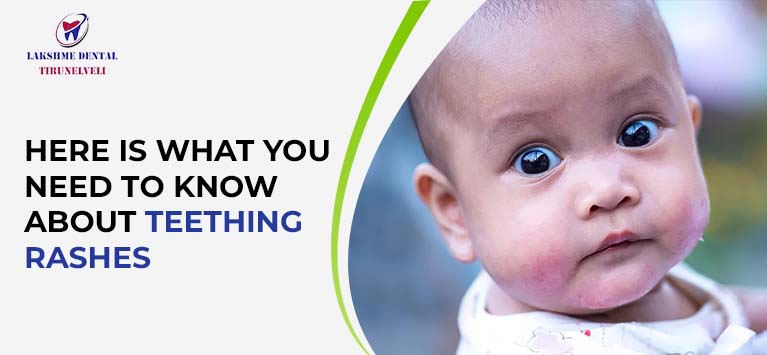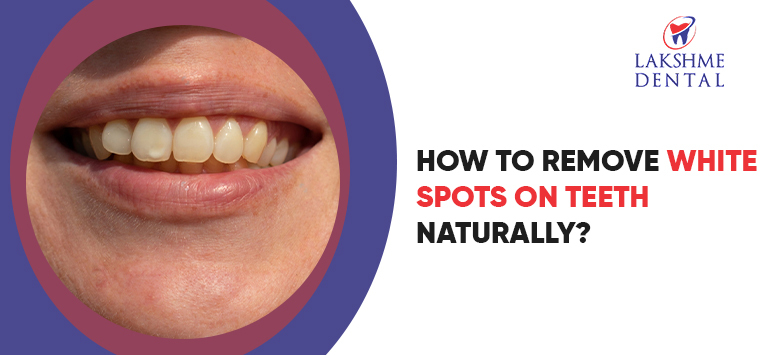
How Does Cleidocranial Dysplasia Affect Your Teeth?
Cleidocranial Dysplasia (CCD) is a rare genetically inherited condition that mainly affects the teeth and bone. People affected with this syndrome show abnormalities in the physical features like short stature, hypermobility of the shoulders, supernumerary teeth, and other distinctive features. This is also known as cleidocranial dysostosis but most people are not aware of this ailment because it affects about 1 in one million people.
In this article, our dentists have explained the impact of this generalized bone disease on dental health and oral care solutions available to correct facial malformations.
What causes Cleidocranial Dysplasia?
CCD is primarily caused by mutations in the RUNX2 gene.
The RUNX2 gene plays an important role in instructing other genes to make proteins and cells (osteoblasts) that build bones teeth, and cartilage. When there is a mutation in this gene, it affects the differentiation in the pathway of odontoblasts, producing non-functional proteins so that the alterations in the bone & teeth formation process occur. Thus it triggers clavicular and dental abnormalities.
Surprisingly, certain people with CCD do not have any RUNX2 gene mutation. The reason is yet unknown.
What are the physical abnormalities caused by CCD?
- Low bone density
- Underdeveloped collar bones
- Wide-set eyes
- Small sinuses
- Low, Wide nasal bridge
- Wide, flat, or protruding forehead
- Narrow chest
Apart from the mentioned difficulties, people with this syndrome have various abnormalities that are hard to diagnose. Moreover, they encounter various difficulties due to the malformation of the skull and bones. Here are a few:
- Loose joints
- Hearing loss
- Chronic Sinusitis
- Scoliosis of the spine
- Non-closing of the skull
- Sleep apnea
What are the possible dental deformities associated with CCD?
It causes problems in teeth formation and eruption. The important things to mention are:
- Thin enamel
- Delayed eruption of baby teeth and adult teeth
- Formation of extra permanent teeth (Supernumerary adult teeth)
- Impacted teeth
- Cleft palate
- Crowded teeth
- Malocclusion
What is the role of the dentist in treating Cleiodocranial Dysplasia?
The treatment involves a combination of facial reconstructive, dental procedures, and orthopedic treatments to correct the craniofacial, dental alterations that occurred with CCD. Once the doctors find the underlying cause with diagnosis that involves complementary tests, intraoral & extraoral assessments, a treatment plan is made.
The treatments vary depending on the condition and region of infection. For instance, if a person has deformities in the spinal column, spinal fusion procedures are performed. The fragile bones are repaired with appropriate surgical procedures.
Treating the dental-related issues of CCD involves orthodontists, prosthodontists, and maxillofacial surgeons. The common oral care solutions include:
- Surgically remove the gum tissues, bone that blocks permanent teeth eruption.
- When dentists diagnose extra or impacted teeth, surgical extraction is mandatory.
- Orthodontic treatment is also required to allot even spaces for the teeth and align them.
- In certain cases, jaw surgery is prescribed to correct bite problems.
- Dental restorations treatments like fixing implants, fitting bridges and crowns are also essential for certain conditions.
Keep in mind most of the alterations that happened with cleidocranial dysostosis are treatable and prevented if you get the right treatments at early stage.

















